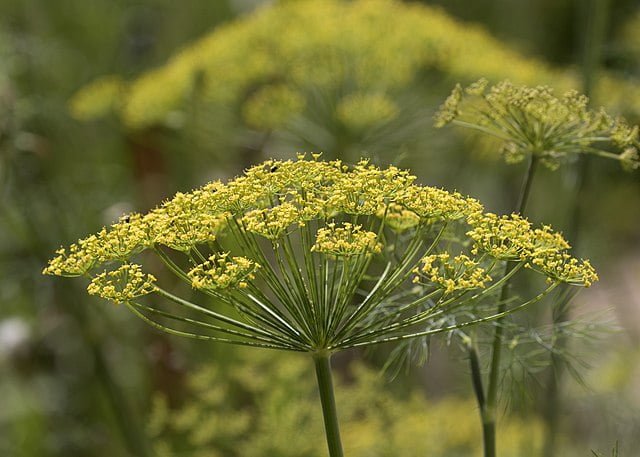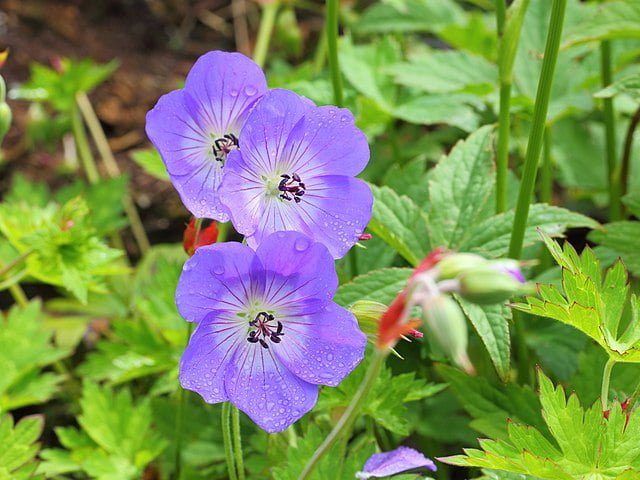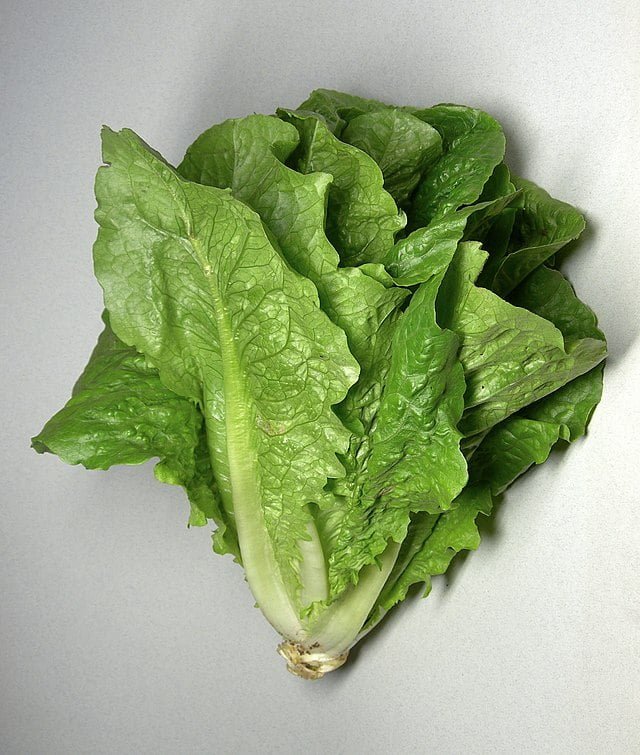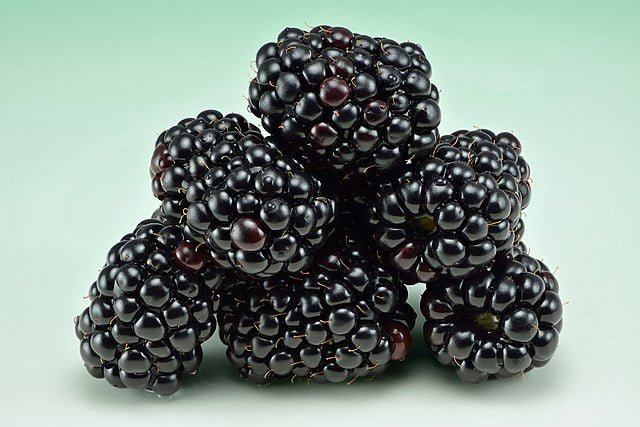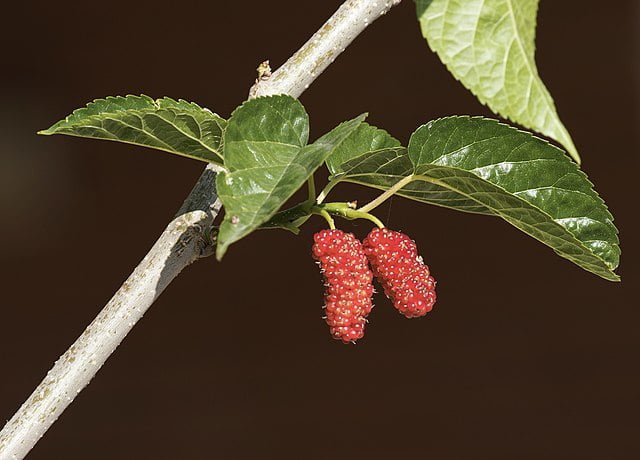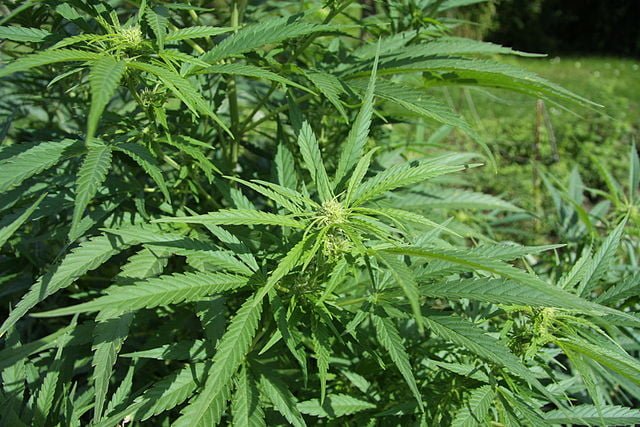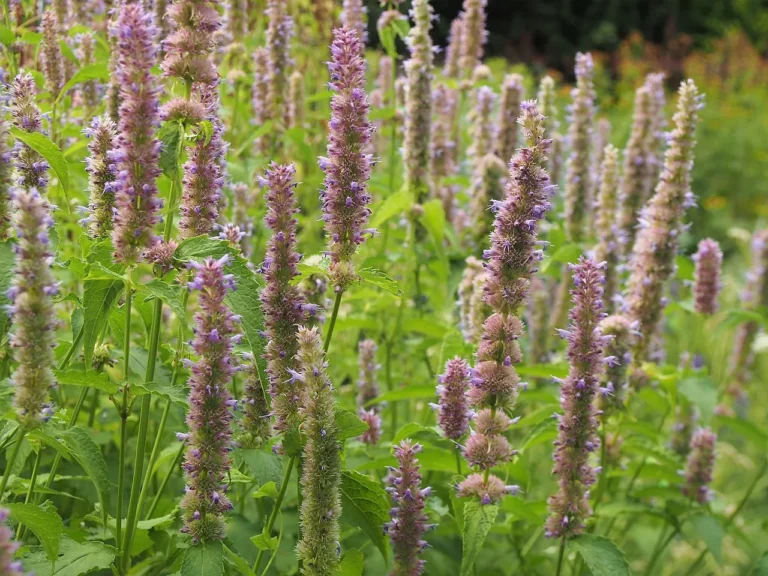Aromatic Allure: A Guide to Growing Dill
Dill (Anethum graveolens) is an aromatic herb, known for its feathery green leaves and flavourful seeds. With a taste somewhere between celery and anise, it’s widely used in various cuisines around the world. Besides its culinary uses, dill is also prized for its numerous health benefits. In this article, we’ll guide you through the process of growing and caring for dill in your garden.
Understanding Dill
Dill is an annual herb, meaning it completes its life cycle in one growing season. It prefers full sun and grows best in loose, well-drained soil. Dill plants can grow up to 3-5 feet tall, with delicate thread-like leaves and small yellow flowers that form an umbrella-shaped cluster.
Planting Dill
- When to Plant: Dill is best sown directly into the garden as it doesn’t transplant well due to its delicate taproot system. You can start planting dill in the spring, about 2 weeks before the last frost.
- How to Plant: Plant dill seeds about 1/4 inches deep and 18 inches apart. They should germinate in 10-14 days.
Caring for Dill
- Watering: Dill prefers consistently moist soil, so regular watering is essential, particularly during dry periods.
- Feeding: Dill isn’t a heavy feeder, but in poor soils, it could benefit from a side dressing of compost or application of an all-purpose, slow-release granular fertilizer.
- Pruning: While not strictly necessary, pinching back the tops of dill can promote bushier growth.
Harvesting Dill
You can start harvesting dill leaves (also known as dill weed) as soon as they’re large enough to use. Cut the leaves close to the stem. If you’re harvesting dill seeds, allow the flowers to mature, then cut the seed heads 2-3 weeks after the bloom when the seeds are fully developed and hang them upside down in a paper bag to catch the seeds as they dry and fall.
Pests and Diseases
Dill can sometimes attract pests like aphids and tomato hornworms. If you notice these pests, they can usually be managed with insecticidal soap or by encouraging beneficial insects. Dill is generally disease-resistant, but can occasionally suffer from fungal diseases in very damp conditions.
Companion Planting with Dill
Dill is an excellent companion plant for crops like cucumbers and onions but should be kept away from carrots and tomatoes as they can hinder their growth.
Growing dill is a rewarding endeavour for any gardener. Not only does it provide fresh, aromatic leaves and seeds for your kitchen, but it also attracts beneficial insects to your garden. With its minimal care needs and abundant harvest, dill is an herb that deserves a spot in your garden. Happy gardening!

